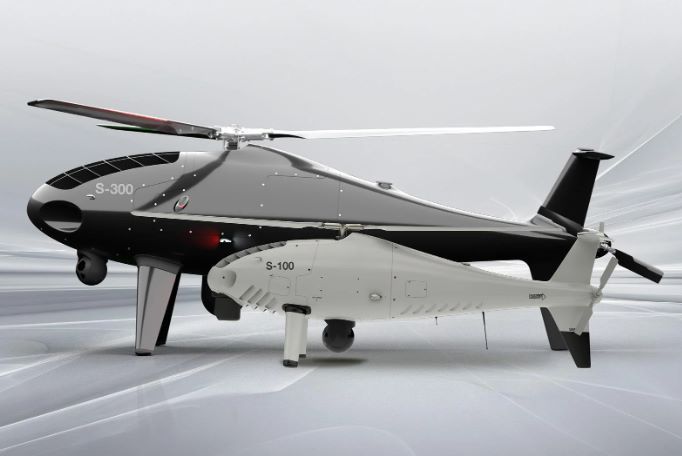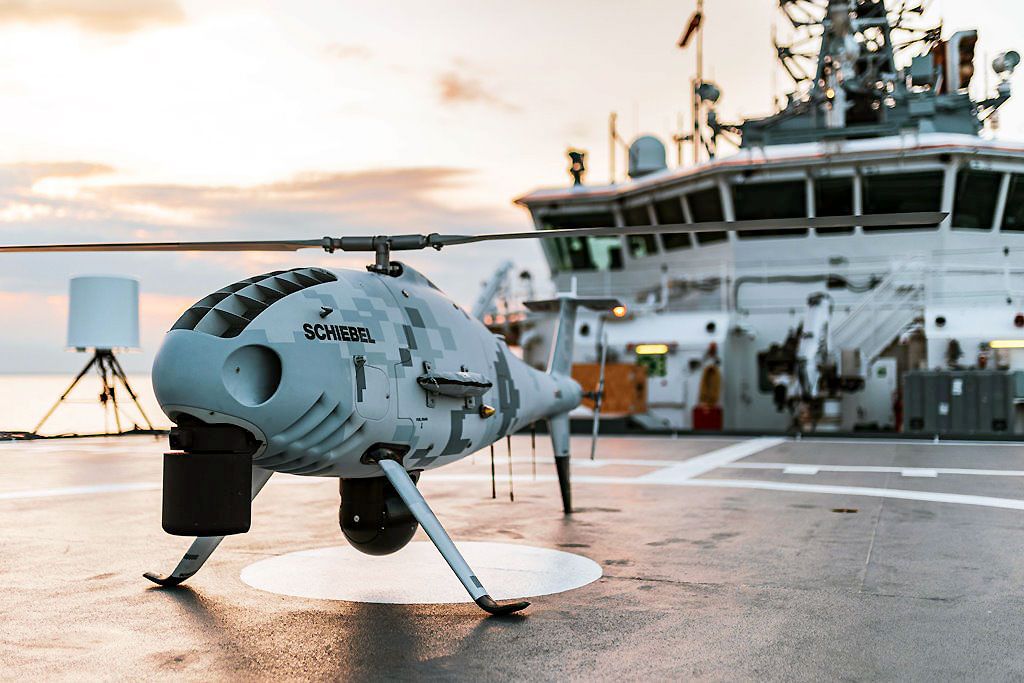Schiebel has created an innovative Camcopter S-300 helicopter for reconnaissance and anti-submarine warfare
Schiebel has introduced a new unmanned aerial vehicle, the Camcopter S-300. The UAV has an extended flight range, high endurance and is capable of carrying 340 kg of payload.
Hans Georg Schiebe, Chairman of Schiebe Corporation, said that the company developed the S-300 to provide solutions for the transportation of heavy cargo on land and at sea. The drone is capable of performing more effective anti-submarine warfare operations and has the ability to integrate different types of radars.
The S-300 with vertical takeoff and landing is also designed for reconnaissance and surveillance operations for civilian and military organizations.

Characteristics of the Camcopter S-300:
- length – 4.8 m,
- height – 1.9 m,
- width – 0.9 m,
- Flight speed – 120 knots maximum, 55 cruising knots.
The payload is 340 kg (including fuel weight), with a maximum takeoff weight of 660 kg. The flight time of the S-300 UAV with a payload of 50 kg is 24 hours, and with 250 kg – 4 hours.
The S-300 has a three-blade propeller and, together with the CCS (Ground Control Station), can be placed in a standard 20-foot container. To place a UAV on a surface ship, a small space inside the vessel is required.

The strength and reliability of this aircraft is ensured by its modular design with a faceted fuselage shell. It is made of durable and lightweight Monocoque carbon fiber composite material. The engine is made of high-strength titanium and aluminum.
This helicopter-type drone communicates via the LAN interface, which is a reliable channel for transmitting navigation and operational data to the ground station, and also communicates with other sources of information via the Ethernet network.
In case of connection loss, it automatically returns to the starting point. To land a drone, neither specially prepared runways nor specialized aviation ground equipment is required. A helicopter drone can be deployed on ships, offshore platforms, or water structures.

